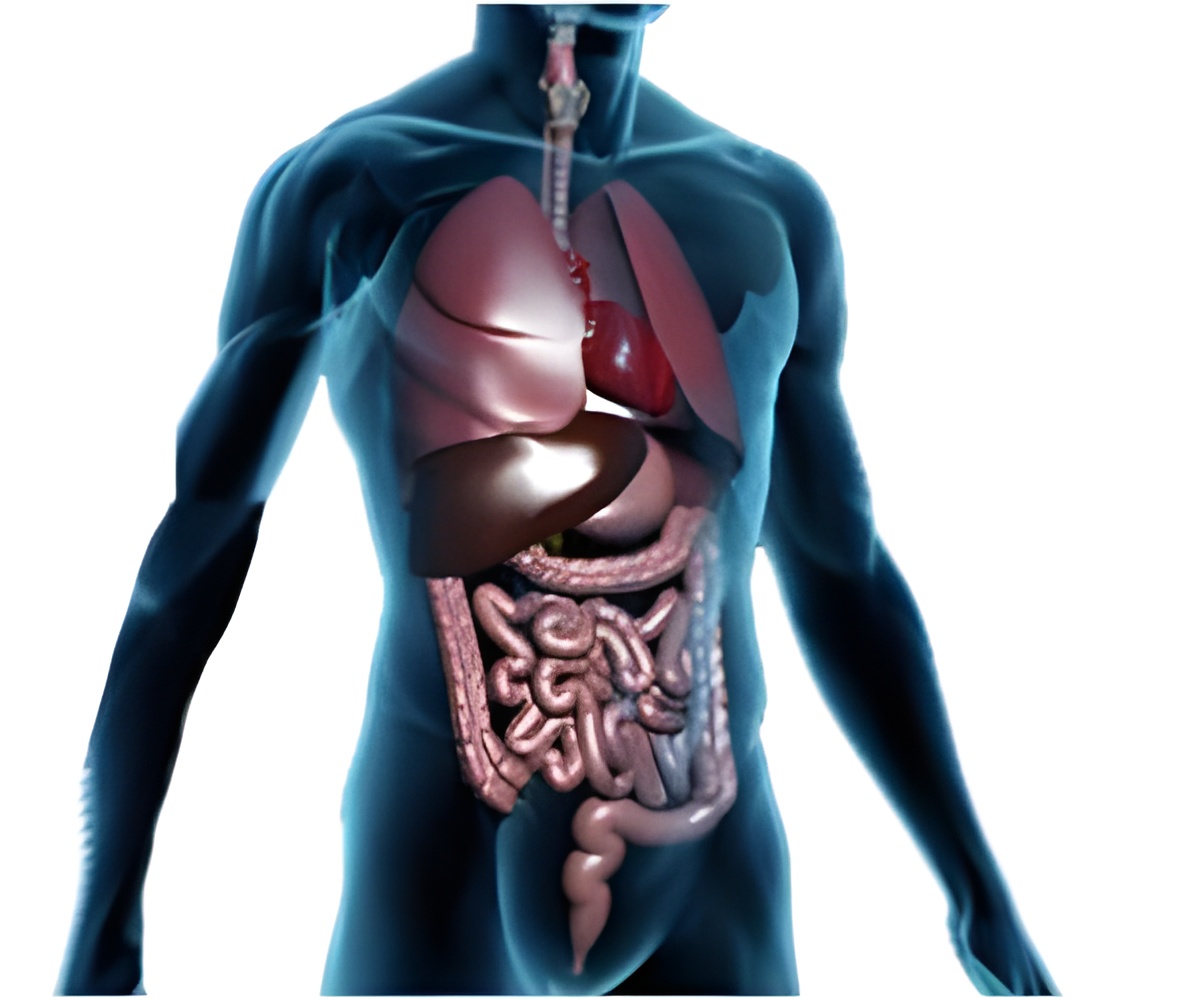Australian scientists have developed a new twisting artificial muscle to propel nanobots in the bloodstream. The research has been published in the journal Science.

An international collaborative team led by researchers at University of Wollongong has developed the new twisting muscle that could do the job.
The Wollongong scientists are attached to the Intelligent Polymer Research Institute (IPRI), part of the ARC Centre of Excellence for Electromaterials Science (ACES),
The muscles use very tough and highly flexible yarns of carbon nanotubes (nanoscale cylinders of carbon), which are twist-spun into the required form. When voltage is applied, the yarns rotate up to 600 revolutions a minute, then rotate in reverse when the voltage is changed.
Due to their complexity, conventional motors are very difficult to miniaturise, making them unsuitable for use in nanorobotics.
“The twisting artificial muscles, on the other hand, are simple and inexpensive to construct either in very long, or in millimetre lengths,” according to ACES Chief Investigator, Professor Geoff Spinks.
Advertisement
Professor Spinks said the tiny artificial muscles can twist like those in the trunk of an elephant or the arm of an octopus.
Advertisement
The research team working on this project includes Professor Spinks, Dr Javad Foroughi (Research Fellow with IPRI) and Professor Gordon Wallace (IPRI Director and the Executive Research Director of ACES). It also involves researchers from the University of Texas, Hanyang University and the University of British Columbia.
Professor Wallace said the exciting breakthrough has been made possible through the tremendous efforts of a team of multidisciplinary researchers working from four different countries over a sustained period of time.
“ACES continues to attract important collaborative research linkages with leading groups around the world and this is critical to maintain our position at the leading edge of scientific research,” Professor Wallace said.
Source-Medindia





